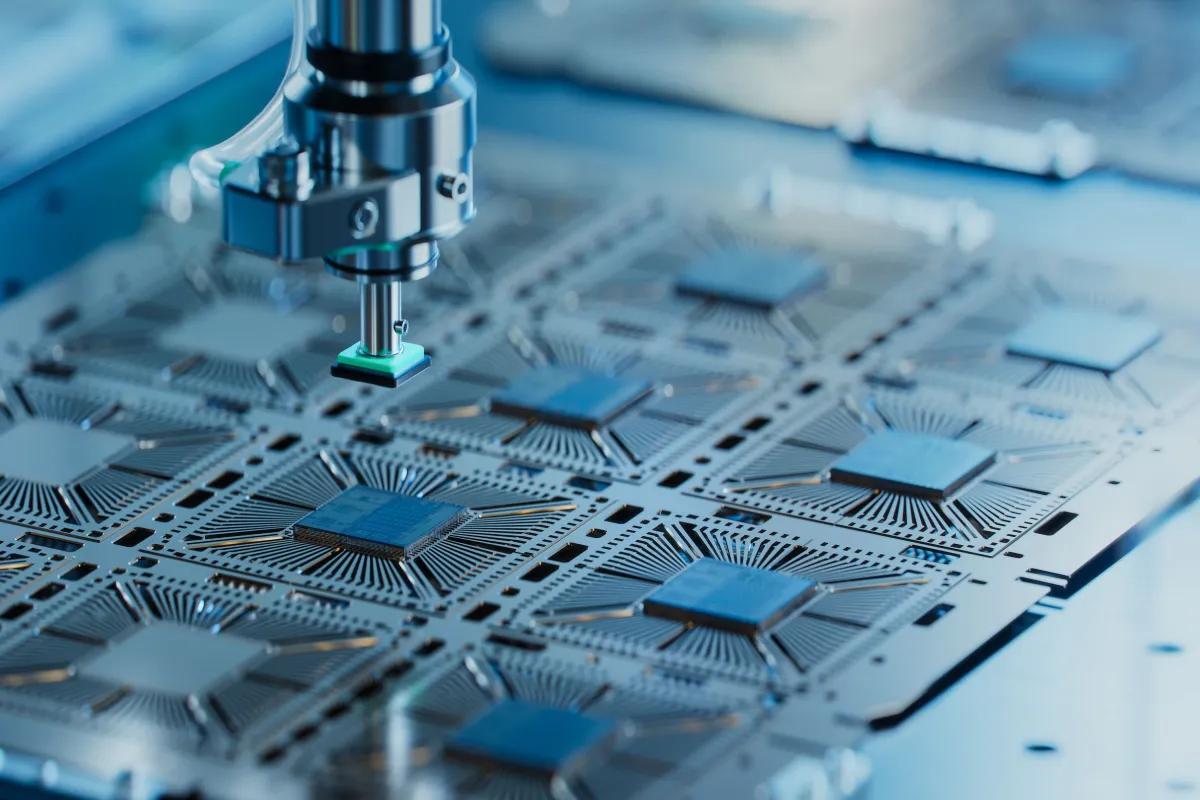The Power of Nanotechnology: Small Yet Wonderful
Excess heat is the enemy of solar panels, electronic devices such as mobile phones, car radiators and many other engineering applications. Excess heat reduces the efficiency and life of these devices. However, this excess heat can be removed or utilised using highly conductive advanced nanomaterials like Graphene, MXene, and Carbon nanotubes.
Compared to traditionally used materials such as water, engine oil, transfer oil, molten salt, and phase change materials (PCM), these nanomaterials possess very high heat removal capability. The heat removal rate can be improved to 80-100% by adding highly conductive nanomaterials like Graphene and MXene. Nanomaterials are usually suspended in traditional materials like water, engine oil, and PCM to make nano-composites to improve the heat removal behaviours of conventional materials used in different applications.
Nanomaterials have a larger surface area than bulk materials, facilitating a faster heat removal rate and storing more energy. It is also known that solar energy is intermittent and can’t supply power continuously for 24 hours. Due to the large surface area, nanomaterials can store more energy than traditional materials. Nanomaterials like MXene have more interlayer spacing, facilitating more hydrogen storage and a clean and sustainable energy source.
Nanomaterials’ energy storage capabilities are helpful in batteries for mobiles, laptops, electric vehicles and other portable devices. Charging and discharging can also be made faster due to ionic movement and advanced nanomaterials' large electrical and thermal conductivity.
Mechanical strength or bending rigidity is an essential behaviour of any structure. This is to tolerate intense pressure or twisting. The bending rigidity of MXene and Graphene is exceptionally high. Therefore, energy conversion devices, for example, fuel cell structures with advanced nanomaterials, will withstand intense pressure and twisting.
Nanomaterials can also be used to produce clean water from seawater. More than 96% of the global water body is filled with seawater, an abundant water and hydrogen energy source. Suppose this saline water can be converted into fresh water and hydrogen energy using solar energy and advanced nanomaterials. In that case, the global clean water and energy supply challenges can be overcome.
However, it has to be noted that there are challenges with the applications of nanomaterials in energy conversion and storage. Long-term stability, reliability and cyclic performances of nanocomposites are the significant challenges in using nanomaterials. Nevertheless, nanomaterials can be further improved by tuning and adding other materials. Cost is also a challenge.
It should be noted that waste such as tyres, carbon soot, petroleum coke, and coconut fire can be converted into helpful carbon sources, the precursor for MXene and Graphene. As such, waste can be a valuable source of advanced nanomaterials, consequently reducing the cost of nanomaterials to a certain extent. Additionally, potent behaviours and performance may offset the cost of nanomaterials in real-life applications. Nanomaterials' toxicity is another concern that needs to be explored further.
The Research Centre for Nano-Materials and Energy Technology supports Sunway University’s sustainability efforts by developing new nanomaterials-based technology for sustainable energy. The centre is involved in designing, developing, synthesising, and testing different nanomaterials, such as advanced nanomaterials (MXene, Graphene, CNTs and their composite) to enhance various energy production, conversion and storage systems.
Professor Saidur Rahman
School of Engineering and Technology
Email: @email
Professor Adarsh Kumar Pandey
School of Engineering and Technology
Email: @email




